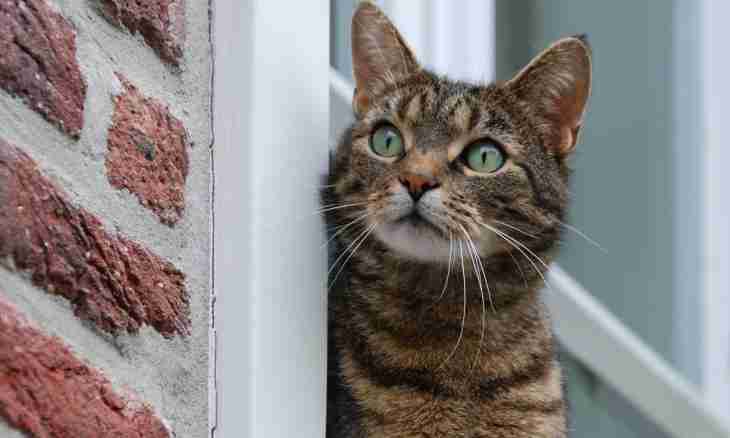Loss of wool in the course of a molt is natural process for cats. The molt at healthy animals occurs 2 times a year, in the early spring and late fall. Long and excessive loss of indumentum can signal about dangerous violations in an animal organism.
Loss of wool at house cats a widespread problem, it can be caused by many factors. Very often improper feeding is the main reason for an ongoing molt at domestic cats. The lack of vitamins and minerals leads to destruction of hair bulbs and continuous loss of wool.
Infection of a cat with skin pincers and other parasites inevitably leads to loss of indumentum. Lice quite often meet at pets. At infection with skin fungi there is also a plentiful loss of wool. For example, at a microsporia, due to the lack of an itch and concern at a cat, the fungus extends to all body, causing significant damage to indumentum. Excessive loss of wool is characteristic of animals with the lowered immunity, these are the animals who had a serious illness, underwent an operation or received at close crossing. Allergic reactions to an improper forage or other substances can influence growth of hair of a cat. When easing immunity the allergens which collected in blood will lead to loss of indumentum. Vegetative and hormonal violations, avitaminosis and violation of phases of pairing influence loss and deterioration of hair of cat. During the postnatal period and the period of a lactation growth of wool at many cats stops, wool drops out quickly and in large numbers. Cats of long-haired breeds need daily comb-out. Not depilated by comb-out at such cats form hair spheres in a stomach and ugly koltuna on a body that negatively affects appearance. Having noticed the excessive loss of wool which is not corresponding to a season of a natural molt at the pet it is necessary to see the veterinarian. Also it is worth changing a food allowance of your cat, having made it full and balanced.

